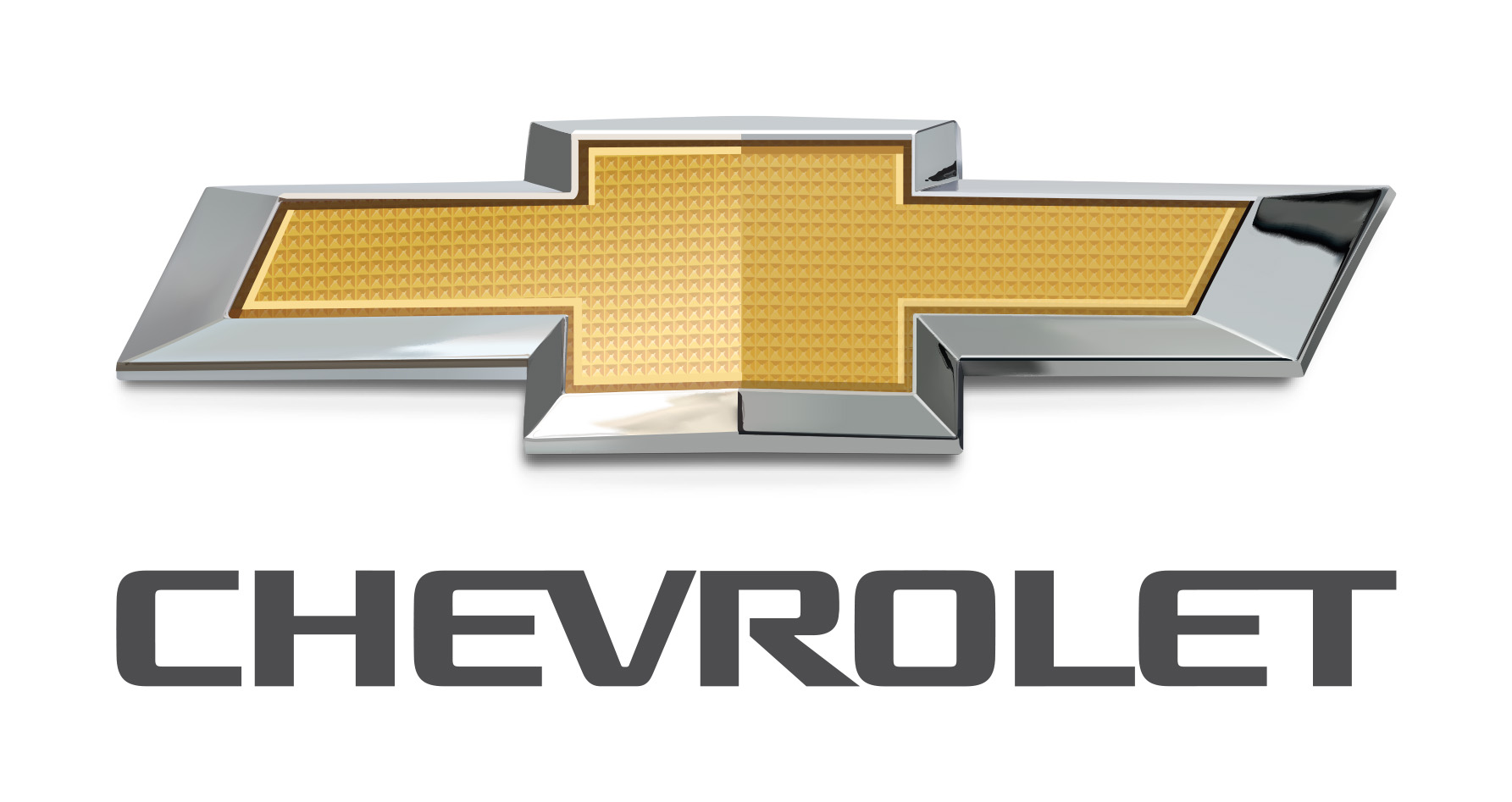Chevrolet Gm
In the compact-car segment, the Japanese rule the field. With the honorable exception of the first-generation Ford Focus, American compacts have been beaten by the Honda Civic, Mazda 3, and Toyota Corolla in both sales and public perception.

Part of the reason for this is that, as outgoing General Motors vice-chairman Bob Lutz says, “in the past, compact cars were seen [by domestic automakers] as a commodity that people drove because they couldn’t afford anything better.” Lutz says the Chevy Cruze is “the first time we have taken this segment seriously,” which is a pretty damning indictment of how GM in the past produced substandard products at a price that didn’t do anyone any favors, least of all itself.
A Serious Effort
The Cruze was engineered for global markets by GM’s Daewoo subsidiary in Korea, dipping into the same parts bin as for cars like the Opel Astra. In the rest of the world, the Cruze has been on sale for well over a year; in Europe, it competes below the Astra and the Ford Focus, because Chevy is seen as a cheaper, entry-level brand. In the U.S., however, the Cruze gets different powerplants and more content in order to pitch it against the likes of the Civic and Corolla, as well as the upcoming 2012 Ford Focus.
The Cruze looks more substantial and classier, inside and out, than the outgoing Cobalt. The styling is very conservative, though. It’s big, with 95 cubic feet of interior room and a 15-cubic-foot trunk, according to EPA standards. It bests the Corolla and Civic by about 3 cubes in both measurements.
Small, High-Tech Engines
When the car goes on sale in September, there will be two different engines and three different models. The base car will be the LS, equipped with a naturally aspirated 138-hp, 1.8-liter four-cylinder mated to a standard six-speed manual transmission or a six-speed automatic with manumatic shifting. The more uplevel LT and LTZ variants have a turbocharged 1.4-liter four that also makes 138 hp but produces more torque lower in the rev range—148 lb-ft at 1850 rpm compared with the 1.8’s 123 lb-ft at 3800 revs. Slightly confusingly and as per usual Chevy practice, there will be two LT trim levels: 1LT and 2LT. The LTZ gains a standard sport suspension that is also available on the 2LT, but only the LTZ offers the optional 18-inch wheels and tires (16s and 17s are offered on lesser trims). Later on in fourth-quarter 2010, Chevy will offer a more efficient Eco model (pictured below in blue) that will use the 1.4 turbo but will be lighter and more aerodynamic. An RS appearance package (pictured below in red) will be available on LT and LTZ models, adding unique fascias, rocker panels, and a rear spoiler, along with a revised instrument cluster with chrome accents.
Engineered for Refinement, Safety, and Fuel Economy

Chevrolet claims the Cruze is substantially stiffer and more rigid than the old Astra and current Cobalt. For this market, GM paid plenty of attention to noise, vibration, and harshness, filling all the structure’s hollow beams and box sections with sound-deadening material. The cradle for the front MacPherson-strut suspension features hydraulic bushings for the lower control arms to isolate road noise. At the back, the Cruze employs a variation on a twist-beam axle, with a central tube that’s welded between a pair of semi-trailing arms. A Watt’s linkage locates the axle laterally, and the tube can be rotated to alter the rear suspension tuning.
The sport suspension sits 0.4 inch closer to the ground than the standard setup, features spring rates that are 15 percent higher, and has different calibrations for the shocks and steering. All Cruzes get rack-mounted electric power-assisted steering, and Chevy’s engineers are very proud that they spent the money for a ZF rack that’s shared with, among others, BMW. Base models get a front-disc, rear-drum brake setup, and all cars have standard ABS, traction control, and stability control, as well as no fewer than 10 airbags.
The Eco model gets a number of changes over the LS, LT, and LTZ. The gear ratios in the six-speed manual transmission are generally longer, allied to a slightly taller final drive. There is more aerodynamic shrouding underneath the body and around the wheel wells. Ultra-low-rolling-resistance tires are fitted on lightweight forged aluminum wheels. There are active shutters for the lower grille that close at higher speeds, and some of the sound deadening is made from a lighter, more expensive material or has been removed altogether, again to save weight. The rear Watt’s linkage and the regular spare tire are jettisoned to shed about 250 pounds of mass. Chevy is hopeful that the Eco variant will better 40 mpg in the EPA’s highway mileage cycle.
Competitive in Price and Feel
Chevy hasn’t announced pricing yet, but Lutz says the car will be aligned “with the best cars in the segment.” We think that means about $16,000 for the LS and rising to just north of $20,000 for an LTZ. We don’t yet know exactly what options packages are available, but we do know that OnStar is standard across the board, along with a six-speaker stereo that has an auxiliary jack for MP3 players. Leather seats, cruise control, and power locks and outside mirrors likely will be standard on the 2LT. A navigation system, along with a nine-speaker stereo, Bluetooth connectivity, and a USB port, will be available, so we can certainly see a loaded LTZ falling in the $25,000 range. We tried the nav-and-Bluetooth setup, and it’s pretty good, although Ford’s Sync system is still the most intuitive available.
We Were Going to Use a Pun Here Involving the Word “Cruise,” but Even We Groaned
We drove three Cruzes at GM’s proving ground in Milford, Michigan: the turbocharged 2LT, an LTZ, and an Eco. The 2LT and the LTZ had leather seating; the Eco had the standard LT’s cloth surfaces. All three cabins are nicely done. They’re not as rich as the uplevel 2012 Ford Focus interiors will be, but they’re a genuine step up from the Cobalt’s and are more inviting and luxurious than those of the Honda Civic LX and Toyota Corolla LE that GM had on hand for comparative purposes. Rear-seat legroom is excellent, and the trunk will appeal to golfers everywhere, but stowage space inside is pinched.
On the road, the Cruze really scores over its competition in two areas: refinement and ride quality. The turbo engines are quiet as well as torquey and very responsive from low in the rev range. The six-speed automatic transmissions shift smoothly and unobtrusively, and wind and road noise are amazingly muted for a compact. The ride, too, is excellent, especially on the 2LT. The LTZ is notably firmer and offers better body control in turns, and it’s damped well enough that it doesn’t suffer the rear-end hop that afflicted the Civic in one particularly bumpy corner at the proving ground. The Eco suffered more rear-impact harshness than the two others because it uses stiffer rear suspension bushings to compensate for the lack of the Watt’s linkage. This car’s manual transmission was reasonably slick but not as sweet-shifting as, say, a Mazda 3’s.
It’s About Time GM Built a Competitive Compact
However, we still wouldn’t say the Cruze is the most entertaining small car on the planet. Chevy did well by not bringing a Volkswagen Golf or Mazda 3 to the event, because those cars are notably more pleasing to drive hard. The Cruze has well-weighted steering and good body control; it just doesn’t have the joie de vivre of the Golf and 3.

Still, the Cruze is a good all-around package. It’s quiet and refined and offers the promise of excellent gas mileage. It rides nicely, is roomy, and looks the part in an understated and substantial way. For a lot of compact-car buyers who aren’t thrill seekers and don’t need to make a style statement, the Cruze is definitely a contender against the import opposition. And we haven’t said that too often about GM compacts recently.
VEHICLE TYPE: front-engine, front-wheel-drive, 5-passenger, 4-door sedan
ESTIMATED BASE PRICE: $16,100
ENGINE TYPES: DOHC 16-valve inline-4, aluminum block and head, port fuel injection; turbocharged and intercooled DOHC 16-valve inline-4, aluminum block and head, port fuel injection
Displacement: 110 cu in, 1796 cc/83 cu in, 1364 cc
Power (SAE net): 138 bhp @ 6300 rpm (1.8) / 138 bhp @ 4900 rpm (turbo 1.4)
Torque (SAE net): 125 lb-ft @ 3800 rpm (1.8) / 148 lb-ft @ 1850 rpm (turbo 1.4)
TRANSMISSIONS: 6-speed automatic with manumatic shifting, 6-speed manual
DIMENSIONS:
Wheelbase: 105.7 in Length: 181.0 in
Width: 70.7 in Height: 58.1 in
Curb weight (C/D est): 2850-3000 lb

FUEL ECONOMY (C/D EST):
EPA city/highway driving: 26-28/36-40 mpg









/cdn.vox-cdn.com/uploads/chorus_image/image/62400196/aliptak_180919_2960_5177.0.jpg)














